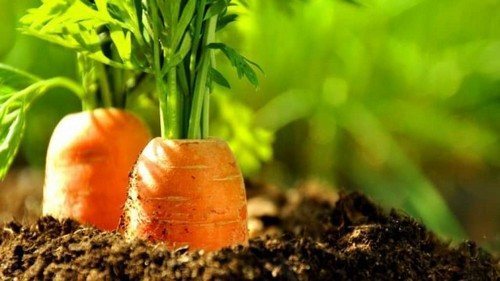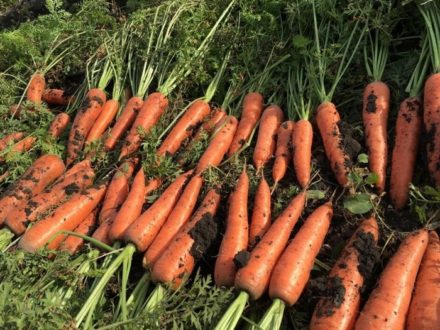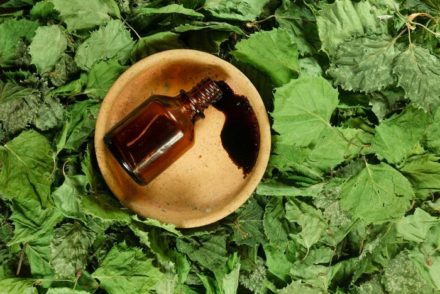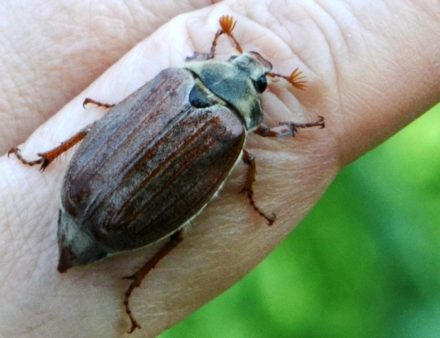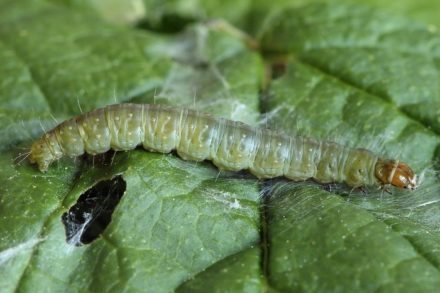The carrot fly is a malicious garden pest that can completely destroy the carrot crop if measures are not taken. The harmful insect eats not only carrots; it also likes parsley, celery, parsnips, and fennel. The fight against carrot flies begins in the spring, when the pupae turn into adult insects capable of reproduction. Insects are most active at temperatures of +16-18 °C. There are at least 5 ways to get rid of the pest, not counting the use of drugs.
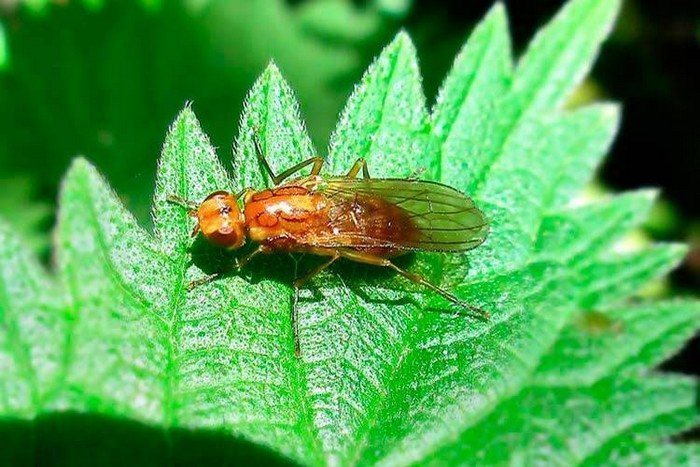
Agrotechnical measures
So that the carrot seedlings have time to get stronger before the carrot fly attacks, planting is carried out early. Pre-soaking in warm water or growth simulators will help speed up seed germination. After the bath, the seeds will also lose their attractive smell to the pest.
It is important to promptly thin out emerging seedlings in spring and early summer. The soil needs to be loosened more often. Loosening contributes to damage to clutches containing pest eggs. Do not water carrots heavily; add water in moderation. Overmoistening of the soil promotes the proliferation of carrot flies.
Agrotechnical control measures can be considered prevention. If the tops change from green to red-violet, it means the plantings are damaged by insects. Later, the carrot leaves will begin to turn yellow and dry out. When symptoms appear, treat the plants immediately.
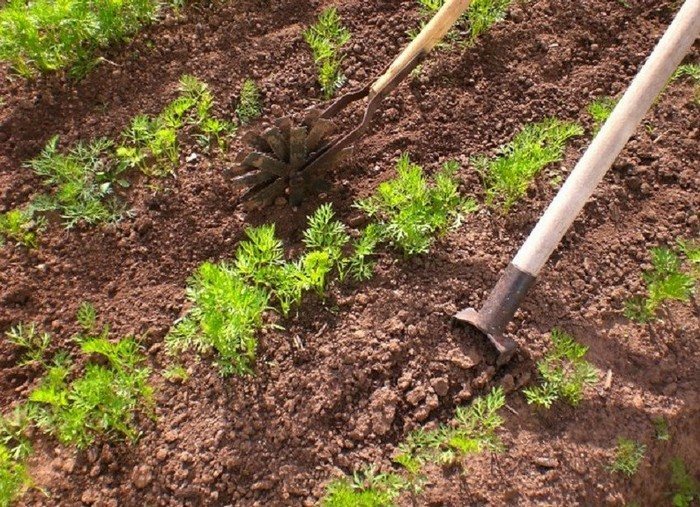
Herbal infusions
Herbal infusions are often used in pest control. The raw materials used are those plants whose smell repels carrot flies. The composition can be prepared according to one of the following recipes:
- Grind 200-300 g of onions or garlic. Pour 2 liters of boiled water over the raw material. Cover the vessel with a lid and let it brew for a day. Before use, filter the infusion and add water to a volume of 10 liters. Add 1 tbsp. l. liquid soap.
- Chop 4 kg of tomato tops and add 10 liters of water. Let the mixture boil over low heat for 30 minutes. Let it brew for 4-5 hours, strain the infusion. Add 2 tbsp. l. grated laundry soap, apply for spraying.
- The carrot fly does not like the aroma of yarrow, wormwood, and marigolds. Chop any of these plants or a mixture of them. Fill half the bucket with raw materials, then pour hot water to the top. When the infusion has cooled, strain it and add 2 tsp. liquid detergent for better adhesion.
The treatment is repeated after 5-7 days. A total of 2 or 3 sprays will be needed. The method is effective at the initial stage of infection of plantings.
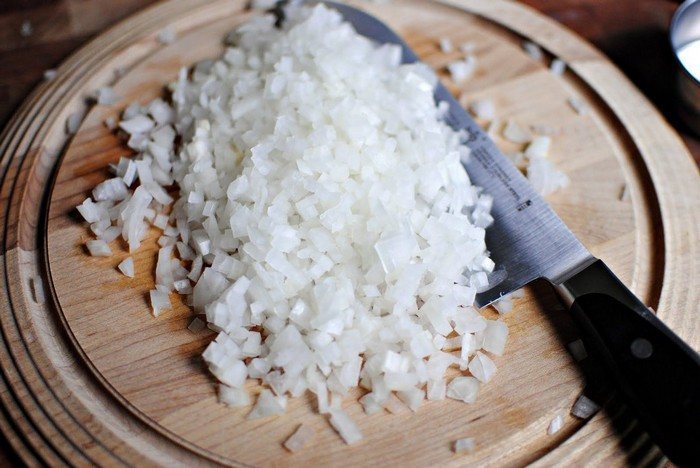
Pharmacy preparations, household chemicals
From pharmaceutical means for pest control, a solution of ammonia is used. Ammonia in the amount of 2 tbsp. l. dissolve in 10 liters of water. In this case, the carrots will have a double benefit - the pungent smell will scare away the pest from the plants, and at the same time the vegetable will receive nitrogen nutrition.
You can include such a strong-smelling liquid as kerosene in your arsenal of control means. Use the product with caution, in small quantities. The smell of kerosene will repel flies from the garden bed and prevent them from laying eggs. Pour flammable liquid into the furrows.
The pest also does not like the smell of mothballs.Naphthalene tablets are laid out between plantings, having previously been placed in glass jars with plastic lids. You will need to make longitudinal cuts or small holes in the lids.
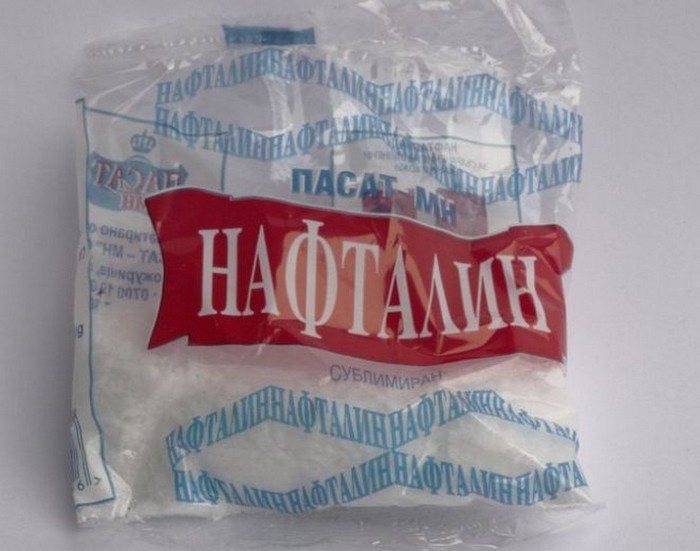
Home Remedies
Home remedies are good because they do not have a harmful effect on the environment, people, plants and at the same time repel pests. All substances from this category are inexpensive and are available in every home:
- It is convenient to use mustard powder and tobacco dust in the garden. Both products are used to dust carrot plantings. Place mustard or tobacco in a gauze bag and shake it out little by little onto carrot leaves. The procedure is carried out in dry weather. In the same way, use a mixture of ash and hot ground pepper.
- You can use a solution of vinegar essence to spray the beds. For 4 liters of water, use 2 tsp. 70% vinegar. After this, the carrot seedlings and the ground underneath are sprayed with the solution.
- Table salt has proven itself well. Beds with carrots are treated with a solution at the beginning of summer with a break of 10 days. Prepare a composition from 1 bucket of water and 1 tbsp. l. salt.
- During the mass summer of flies, bottles of fermented bread kvass are placed on the beds. Insects attracted by the smell, once trapped, cannot escape through the narrow neck and drown.
The carrot fly has natural enemies - frogs and gills. You can attract amphibians to your site by building a home for them in a cool corner of the garden. Old boards or an armful of firewood are suitable for this purpose.
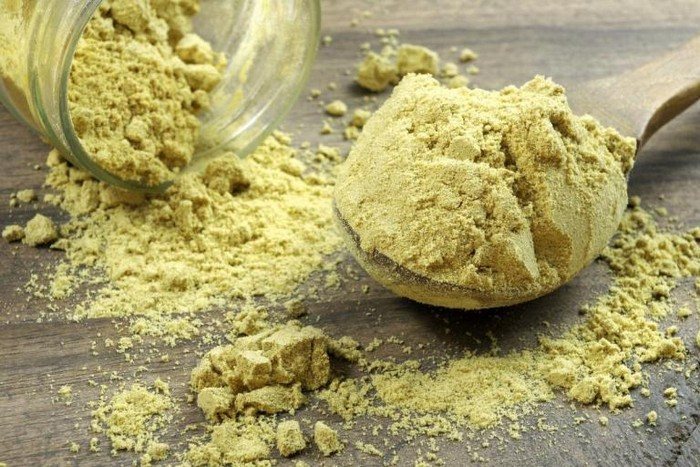
Covering material
In the fight against carrot fly, a barrier method is often used - a fence made of non-woven material that allows air to pass through. This can be light spunbond or lutrasil. The carrot fly cannot fly high, and this is precisely its feature that is taken into account when organizing the fence.
Supports are installed along the perimeter of the bed and the frame is covered with material to a height of 80-100 cm, not forgetting to make an entrance for access to the plantings. The insect will not be able to get over such a barrier.
A simpler option involves the construction of a temporary shelter from metal arches and material thrown over them. When the peak of activity of harmful flies has passed, the structure can be dismantled. In order not to use insecticides, it is important to remember two more rules that prevent the invasion of carrot flies - crop rotation and the choice of varieties resistant to the pest. If prevention does not help and the insects still attack the plantings, the fight against them must begin as early as possible. I like
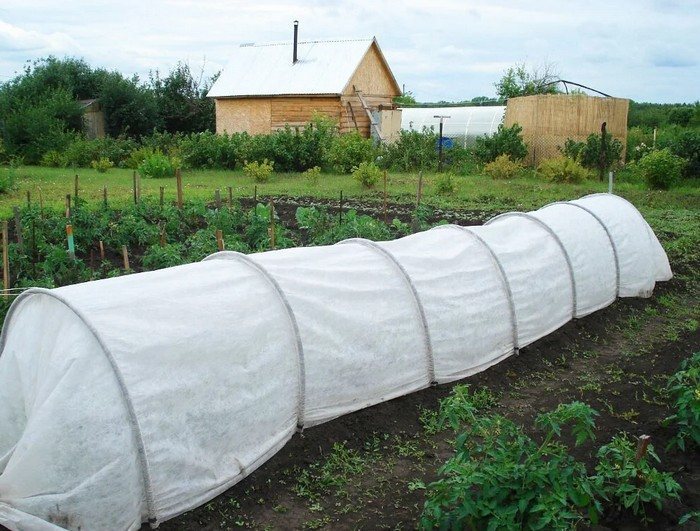
I don't like


